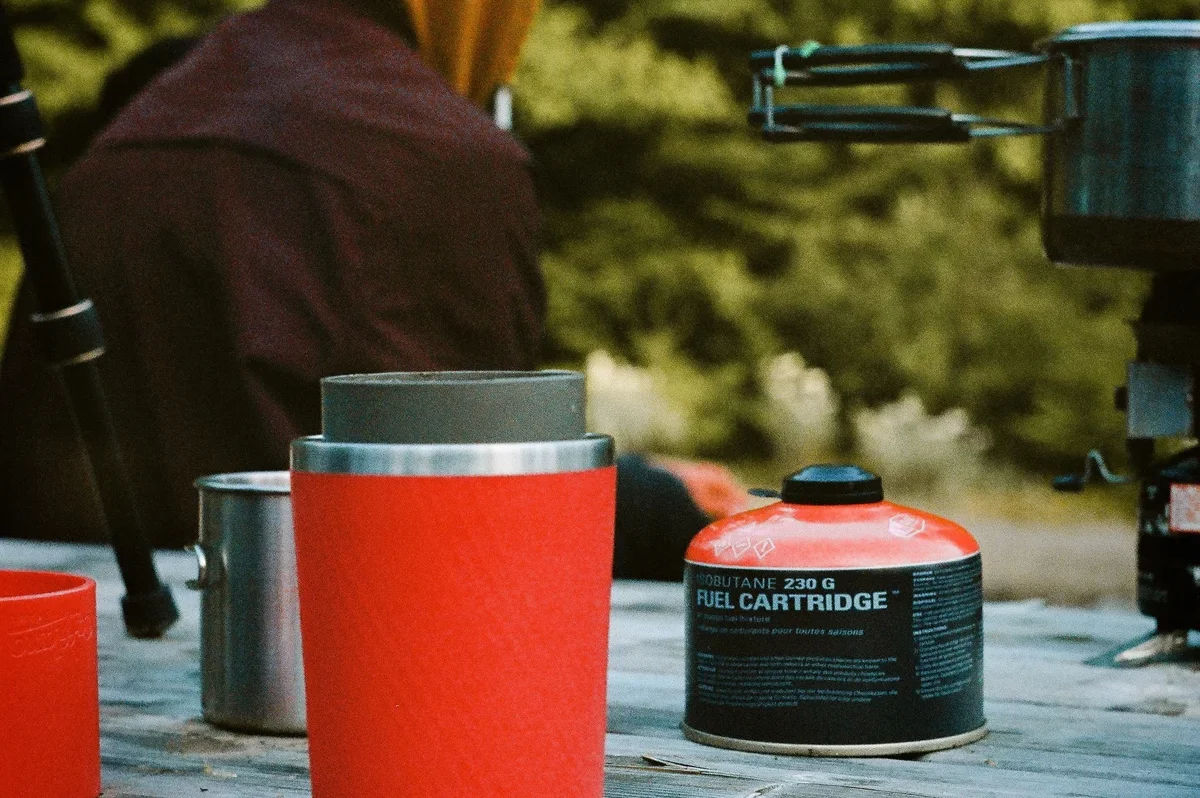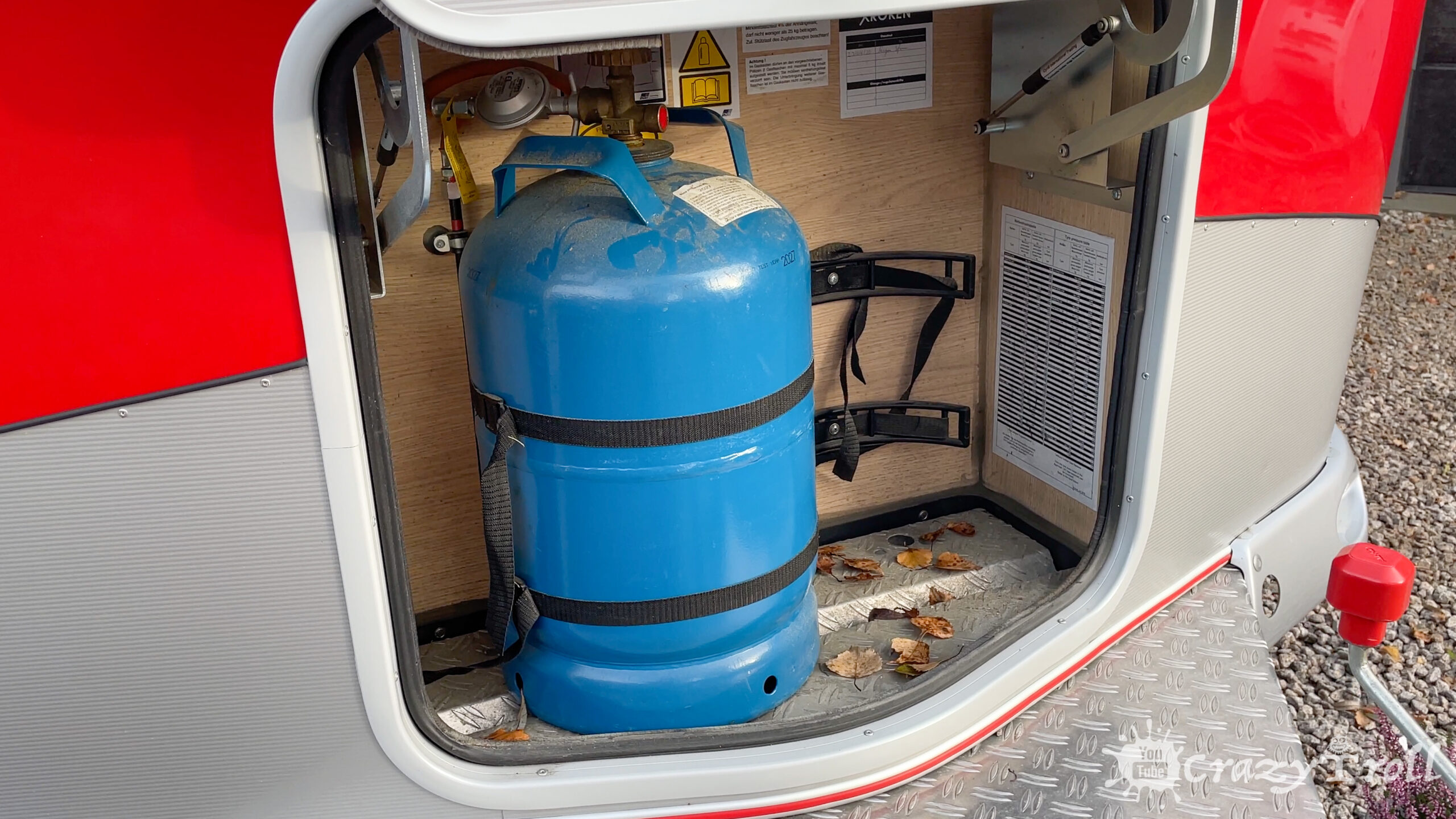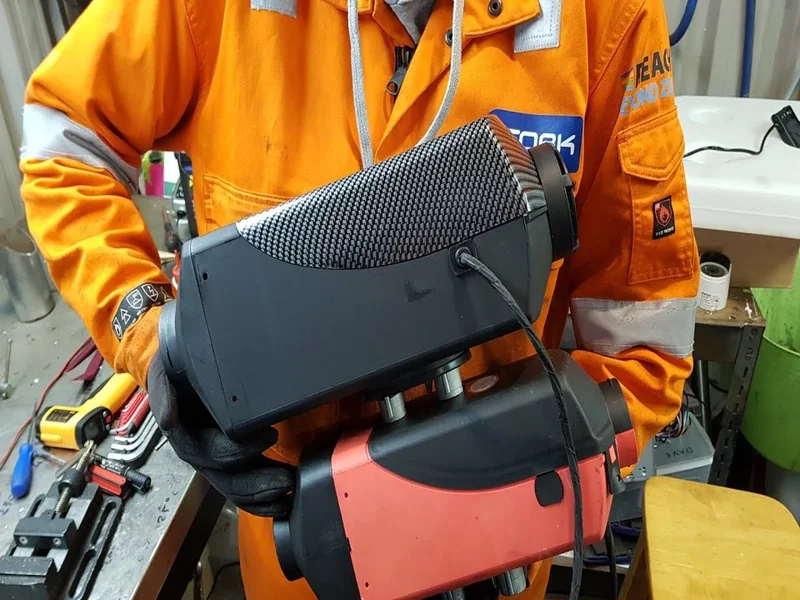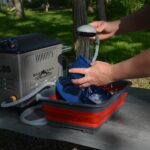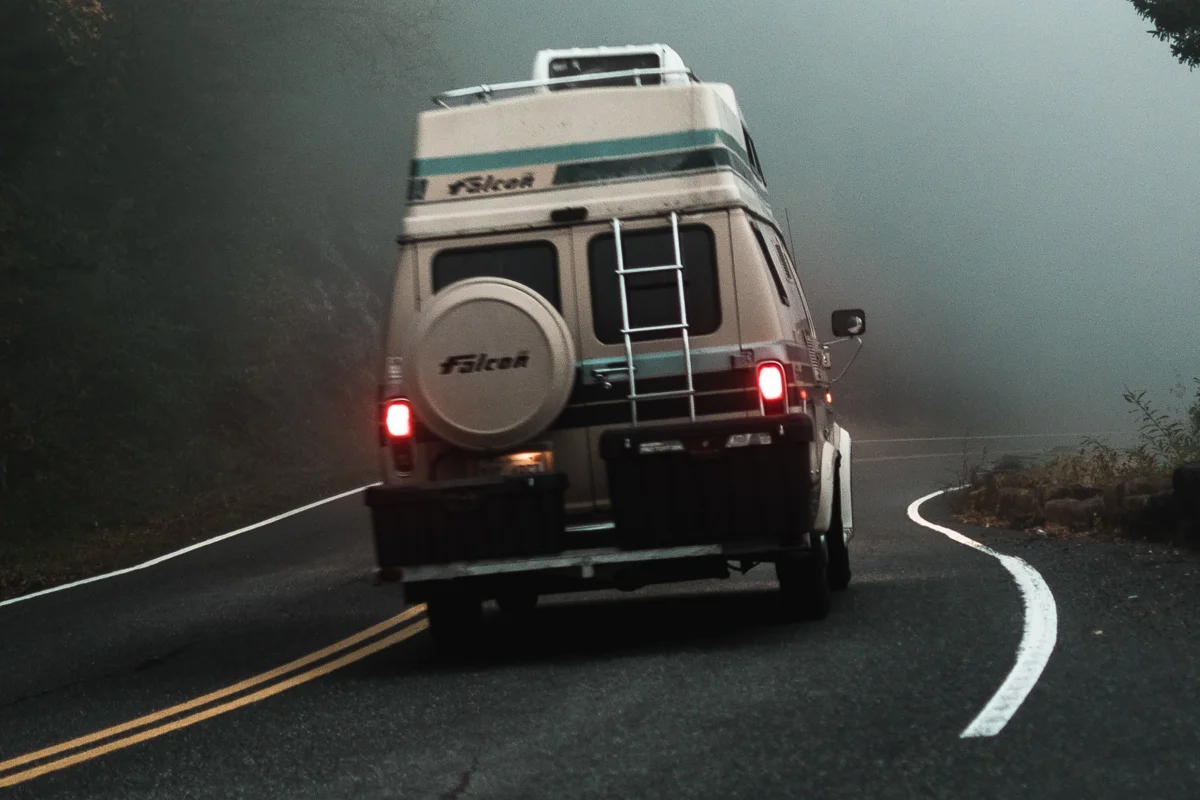Butane falls in the same group as propane, is easily liquified, and remains a gas at room temperature. In fact, butane and propane are so similar that it’s common for people to confuse them. Since it’s an easily liquefied source of fuel, what happens when it gets cold?
At anything below freezing temperature, or more specifically 31.28° butane becomes practically useless. However, it takes a whole lot more than that to freeze it. The temperature would have to reach -216°F for butane to simply freeze solid.
Since the lowest recorded temperature on earth was recorded in Vostok, Antarctica, at -128.6°, you would have to reach those temperatures in a laboratory setting or simply fling your butane lighter out into space.
What Happens To Butane As The Temperature Drops?
So long as butane is still in its cylinder, not much of anything happens to it. The problem is, butane refuses to convert to a gas when the freezing point is crossed outside. If you have a butane tank for cooking, it probably won’t work if the outside air is below 32°F.
While in a compressed container, butane remains in liquid form. The reason is because of the compression. It forces the atoms so tightly together that it essentially forces the butane into a liquid form.
When the release mechanism is triggered, the compression pushes the butane out, where it immediately converts to gas as it hits the outside air, no longer restrained in liquid form thanks to compression.
If the outside temperature is below freezing, however, it probably won’t come out of the canister at all. Primarily because of the fact that the canister valve isn’t wide enough to allow it to pass as a liquid.
When butane is in a cylinder, there is usually a mixture of propane as well—which can remain in its gaseous state even if the temperature is below freezing—that accounts for up to 30% of the mixture.
So you may get some propane when you open the valve in freezing weather but not butane.
How To Keep Butane Warm For When You Need To Use It
There are several ways to keep your butane canisters warm while you’re out and about, whether it’s camping, hiking, or grilling outside.
- Keep the canisters in your pack, close to your body throughout the day
- Keep it close (but not very close) to your campfire
- Use hand warmers to pack in and around the canister
- Use an IR reflector screen
- Use a water bath
There are several ways to keep it warm and if you’re out for an extended period, you may want to use several of these methods.
Keeping the canisters in your pack as you hike is an excellent way to keep them warm throughout the day. When you’re ready to camp for the evening, set your pack near the fire while the canisters are still inside.
You can use any extra hand warmers to stuff down next to the canister as well. A good IR reflector screen, strategically placed in your camp, will also keep them warm enough, even in below-freezing temperatures.
Lastly, you can fill a pot with a few inches of water and drop the canisters down into it, which may be enough for you to get them going for your gas grill.
Does Butane Grow Cold When You Use It?
This is a form of heat transference and generally happens when you are running your butane canister full-out.
As the gas is emitted from the top, the liquid fuel lowers in volume within the canister. Since there has to be enough heat for the liquid to convert to gas at the valve opening, sometimes that heat is pulled from the liquid inside, which means that it becomes very cold.
As aforementioned, while the canister may get cool during use, the frost forming on the outside is usually caused when you have it wide open. Since there is not enough time for the warm air at the opening to convert the liquid to gas, much of the heat is drawn from the liquid inside the compressed tank.
So the weather isn’t affecting the butane in this case, it’s simply getting freezing cold as a result of heat transference.
All Things Considered
Butane works great and is a reliable fuel source for portability, such as camping, hiking, or warming up the back porch area for a family and friends get-together.
Its only drawback is that between it and propane, it is more adversely affected by cold weather temperatures. In order to use it at its adequate capacity, you’ll also have to find ways to keep the tank warm throughout the day.

